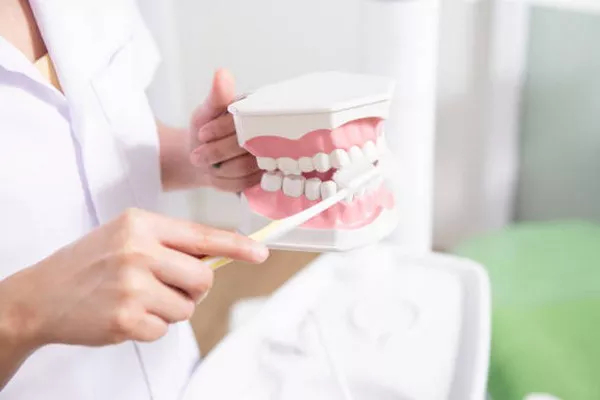Easily one or two years, can orthodontic time shorten?
How long will the correction take?
The orthodontic treatment process usually takes about a year and a half to two years, but because each person’s situation is different, so the specific correction time will vary.
Tooth correction work first of all, is not fixed in the inside of the bones, teeth and alveolar bone between an organization are referred to as the “periodontal membrane”, due to the nature of alveolar bone and periodontal membrane, teeth and an appropriate strength, teeth can move slowly in the bone, the doctor is using the force moving the teeth.
? ? ? ? tooth movement speed age-related adults and minors in orthodontics, there’s a big difference for the growth of minors’ teeth is not yet complete, there are many uncertain factors, in general, teenagers rectification for 1-2 years, simple cases may be a few months to complete, complex may be more than two years, adult correctional and extend for about a year.
The speed at which the teeth move depends on the condition of the mouth and if the teeth have a good base, then he may only have one row of teeth and that can greatly shorten the time of orthodontic treatment.
If your teeth are complicated, they may take longer to correct than others and may require a retainer for the rest of your life.
The speed of tooth movement and orthodontic methods related to different orthodontic methods need different time, for example, the ordinary orthodontic needs a longer time, invisible orthodontic technology, do not need brackets and wires, so that the orthodontic process is almost undetected in the completion, does not affect daily life and social.
At the same time, without the cumbersome bonding bracket and adjusting the arch wire, the clinical operation is greatly simplified, and the whole treatment process saves time and effort.
Does the greater the correction force, the faster the tooth moves, and the shorter the correction time?
Usually, when orthodontic treatment, the physical movement is about one millimeter per month, which is very fast. If it is faster, it may cause: intensified tooth pain, difficulty in eating;
Root absorption, that is, to make the root shorter;
The resorption of alveolar bone, that is, the bone around the root of the tooth is lowered in height.
Damage to the root and alveolar bone can lead to root exposure, pulp necrosis, tooth loosening and even tooth loss, so too fast tooth movement is unhealthy.
Therefore, it can only be mastered by the dentist according to the tooth movement plan of each stage. The patient should not be eager to achieve the goal, otherwise it can only be encouraged, which is counterproductive.





























